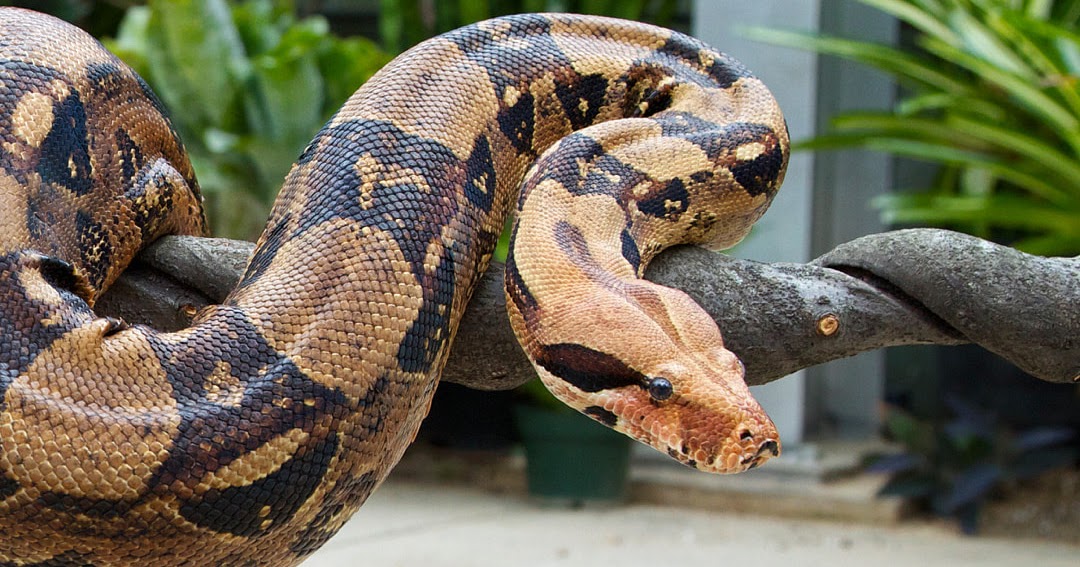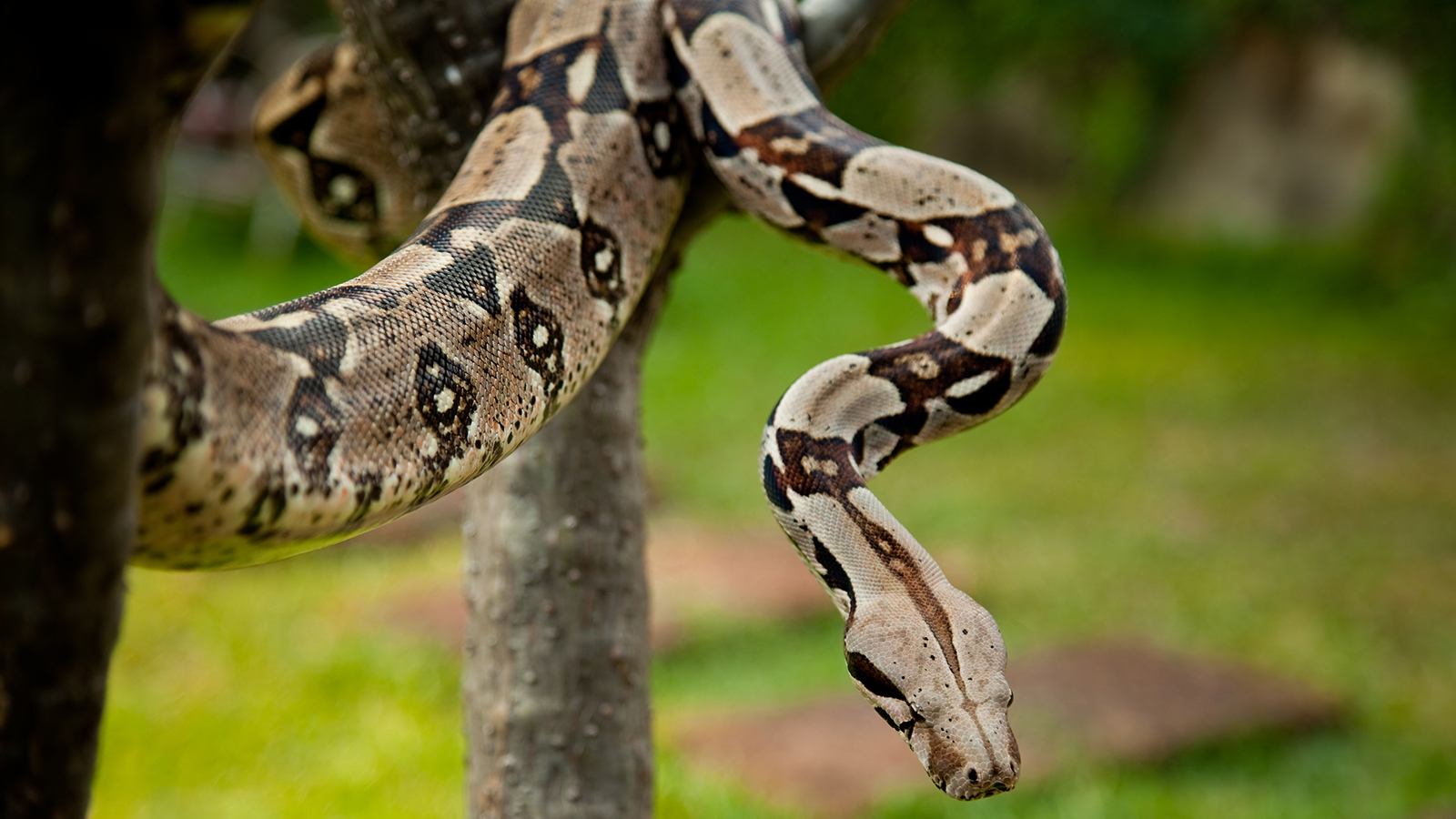

- #COMMON BOA CONSTRICTOR ANATOMY SKIN#
- #COMMON BOA CONSTRICTOR ANATOMY SERIES#
- #COMMON BOA CONSTRICTOR ANATOMY FREE#
This means their skull has two temporal fossae on each side.

Numerous muscles are also anchored to the ribs, allowing them to exert more force and move much more quickly.
#COMMON BOA CONSTRICTOR ANATOMY FREE#
Since they are free moving, the ribs can be moved and contorted in such ways that they can navigate their terrain differently than other animals.

Although they are anchored to the vertebrae at one end, the other is not attached to anything.
#COMMON BOA CONSTRICTOR ANATOMY SERIES#
In addition to the vertebrae, snakes have a series of floating ribs. There are many different types of python species and you can read our related article to know whether pythons as pets are a good idea. These are tiny bones or spurs which emanate from either side of their cloaca. Boa and python species of snake have vestigial remnants of their limbs. It is believed snakes lost their ancestors use of legs because they were unnecessary. These different modes of locomotion are often very subtle and their movement can change between modes in an instant. Since snakes do not have legs, they perform locomotion by moving their body in various ways. The skeleton of snakes is also characterized by lack of limbs. They both retain a certain degree of narrowing at the level of the pelvis and the pectoral area. This is the case with boas ( Boidae) and pythons ( Pythonidae). They do not have a pelvis either, but some species have an outline of where the pubis had once been. the shoulder where their forelimbs would have been. Via the evolutionary process, snakes have lost their pectoral arch, i.e.

The intervertebral discs are relatively flexible, allowing the snake to bend easily and ripple. Although exactly how many vertebrae each snake has will depend on their species, they are usually over 100. These are shorter, wider and more numerous than the majority of other reptile species. Now that we know snakes have bones, we can learn a little more about their skeleton: Snake vertebraeĪ snakes body is long due to having a large number of vertebrae. This makes them some of the most venomous snakes in countries like India and across the world. This acts to paralyze or kill their prey before swallowing them whole. Although a coldblooded animal themselves, there are some snakes which are able to detect the heat of other animals using infrared receptors in their snout. They are also very adept at sensing the presence of another using vibrations in their air.
#COMMON BOA CONSTRICTOR ANATOMY SKIN#
To protect them, they have a thin membrane of transparent skin which is also shed along with the rest of their skin. Eyes: snakes do not have any eyelids, meaning their eyes are never closed.This gets rid of the old skin and also any parasites which may have been present. Skin: snakes periodically shed their skin and form a new one in a process known as ecdysis.In many instances, snakes can eat prey which is larger than they are. Carnivorous and predatory: snakes hunt other animals and feed on them for sustenance, making them carnivorous animals.Joints: the elongated body of a snake has no mobile joints.Limbless: the ancestors of snakes once had limbs, but they have since disappeared as a result of evolution.The number and position of these scales differs according to each species. The function of these scales is to protect them from their harsh environment, whether it be hot weather, lack of water or even defending against attack. Scaly body: a hard and thick skin covered in scales is common to all reptiles.They include terrestrial, arboreal, water and sea snakes. There are many different types of snake which occupy very diverse ecosystems. Diversity of habitat: although they are more abundant in warm or temperate climates, snakes are distributed across the world.Common characteristics of all snakes include: Snakes are part of the order Squamata, more specifically the suborder Serprentes which is why they are often known as serpents. In order to explain more about whether snakes have bones, we need to look at other characteristics.


 0 kommentar(er)
0 kommentar(er)
